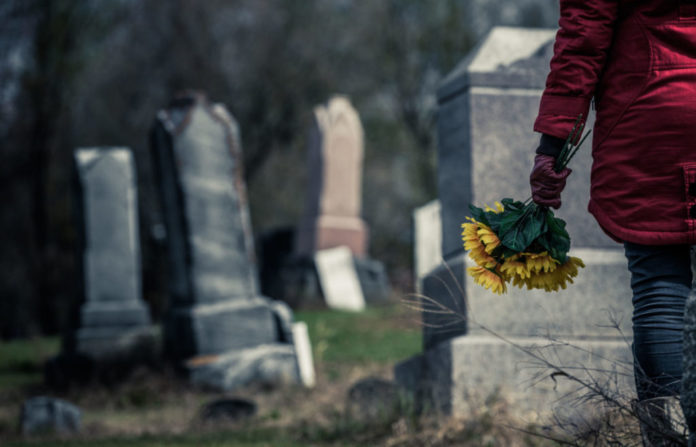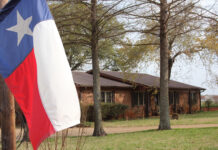
It is Halloween, which means that front yards everywhere are filled with plastic tombstones, monstrous animated spiders and tissue-ghouls hanging from trees.
Which brings up an interesting question: why not have the real thing in your backyard?
You could have your very own cemetery containing real dead people mere steps from your back patio. Just think of the convenience for all involved.
It turns out that, while family burial plots are not prohibited, they are subject to some Texas laws and regulations. http://www.txca.us/Resources/Documents/ESTABLISHING%20A%20FAMILY%20CEMETERY.pdf
With a few exceptions, backyard burials are not allowed if your property is located within the boundaries of a municipality. https://statutes.capitol.texas.gov/Docs/HS/htm/HS.711.htm Based on the population of the nearest municipality, the cemetery may have to be established outside a specified buffer zone. For example, if the population is between 5,000 and 25,000, the cemetery cannot be within 1 mile of the municipal boundaries.
Even if you are outside the prohibited area, your local county or city government may have several rules that will give you pause. There could be regulations on floodplains, drainage, underground cabling or pipelines, and possibly a deed restriction or two.
Before you drop your deceased Uncle Alfred into your homemade grave you will need to make sure you aren’t running afoul of any local subdividing and platting requirements. If you form a cemetery organization, then you have to survey and subdivide your acreage into gardens or sections, make a map or a plat specifying where the plots are to be located on the property, and file that, together with a written dedication, with your county clerk.
As for the burial itself, if you use an impermeable material for a container for the body, then the top of the container has to be buried at least 1 ½ feet below the surface of the ground. If you do not use an impermeable material, then it has to be at least 2 feet below ground surface.
You should keep records of each burial. You may want to file them in your county deed records.
Now you need to think about visitors to your private burial ground. You have to allow visitors to traipse over your property to get to the graves during reasonable hours. https://codes.findlaw.com/tx/health-and-safety-code/health-safety-sect-711-041.html You cannot discourage them by making them take a circuitous route to get there. This may be a deal breaker, especially when you realize that the Texas Funeral Service Commission will step in if anyone complains.
You also are required to keep your private cemetery in good shape. Otherwise, someone could claim that your cemetery is “offensive to the inhabitants of the surrounding section” and sue you to force the removal of your buried bodies.
Still not scared? Then consider the really frightening part of having a family cemetery: loss of property value. Your family cemetery changes your property forever, and its existence may scare away future buyers and make it more difficult for you to get insurance or a loan on your property.
Now that is terrifying.
Happy Halloween.
Virginia Hammerle, with Hammerle Finley Law Firm, is board certified in Civil Trial Law by the Texas Board of Legal Specialization. See hammerle.com for her blog and newsletter sign-up.







